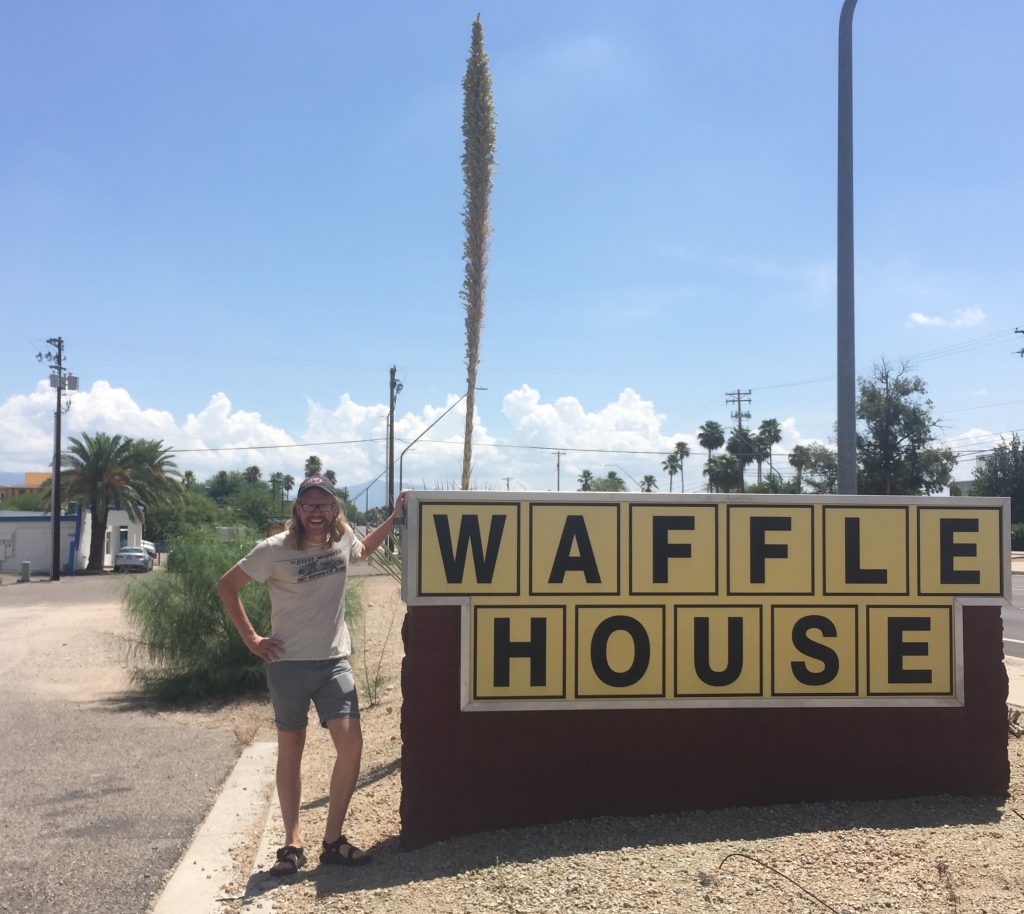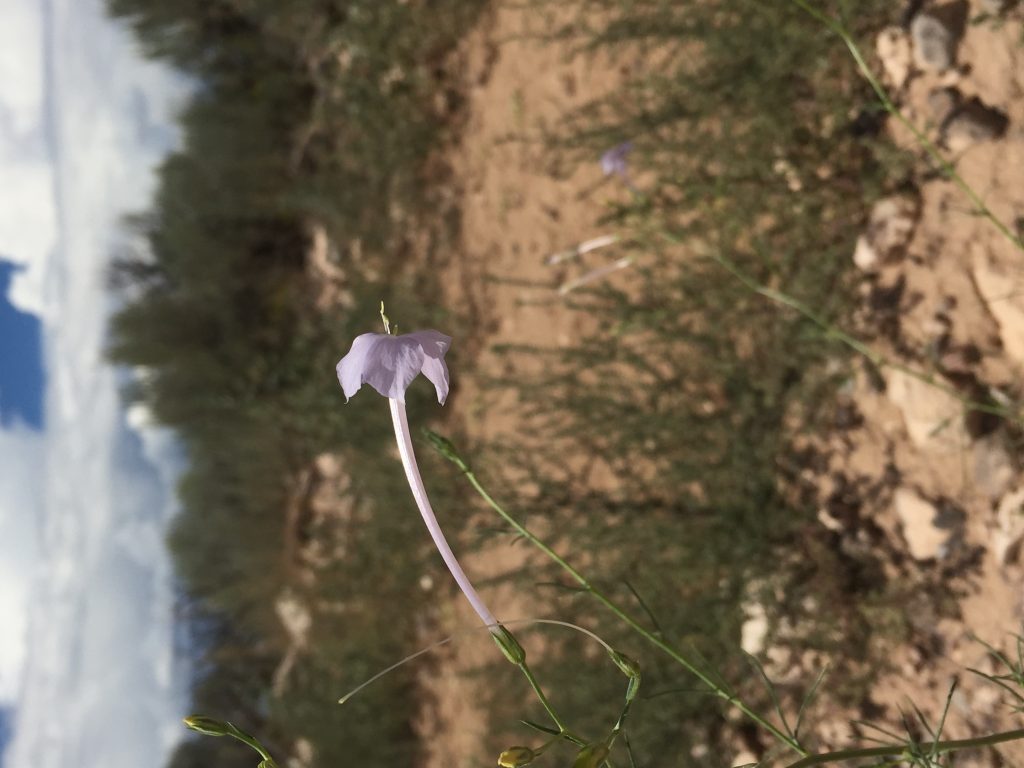Hi everyone!
Long time no see! I am a grad student at the University of Colorado now, but thankfully I have still had plenty of time to work on some Echinacea work. Last week I got to present at Botany in beautiful Tucson, Arizona 🌵.
First I presented a poster about fire and Echinacea demography. This is something we started in Chicago and Stuart, Amy Dykstra and I have been working on since. We used demap, the seedling search dataset, and the seedling recruitment experiment dataset to estimate vital rates (survival, flowering, and recruitment) within several Echinacea populations. We then estimated how these vital rates varied with fire. To see how these changes in vital rates affected actual population dynamics, we then constructed matrix models to estimate the average growth rates of several remnant populations under various fire frequencies. Finally, to see which demographic pathway was primarily responsible for changes in population growth, we decomposed the changes in population growth rates under different fire regimes into contributions from each vital rate’s response to fire. We used Bayesian modeling to estimate the vital rates. Stuart, Amy D. and I are putting the finishing touches on a manuscript for this project, so keep your eyes open!
I got some good questions from people at the conference. One is: would seed addition help bolster growth rates? Very interesting question – I think it probably would in populations with high juvenile survival, given that under these circumstances higher recruitment has the largest contribution to population growth. Another person asked about climate change and whether I thought the Echinacea range was likely to move north with warmer temperatures. I can’t answer that question but we did use climate data in our models; climate was warmer and wetter in our observation period than they were in the 100 years prior, and these covariates were featured in some of our models. It would be fun to incorporate climate change into estimates of vital rates and population growth.
I also gave a three-minute lightning talk to briefly present an idea I have had since I was in Chicago in 2017. Amy, Jennifer, Gretel, and Stuart have done some prior work looking at synchrony, mating opportunity, and mating success in Echinacea. I have been curious about whether populations exhibit nested structure in their flowering schedules, i.e., whether or not individuals which flower less often flower in the same years as plants which flower most often. There are some interesting potential consequences of deviation from non-nested structure. Hopefully I have time to study this in Colorado.
Also of note: Jennifer gave an awesome talk synthesizing a lot of the pollinator work done in the Echinacea system the last several years. It was great to see so many facets of Echinacea pollination discussed together. One of the most interesting parts of this talk was Mia’s poster, looking at the diversity of male pollen donors on bees, and how they varied by pollinator species. I remember when Laura was collecting this data in 2016. She was so good at wiping! Very cool to see final results for this project!
Otherwise, there were some great talks and posters. A couple of good ones: Joseph Braasch from Katrina Dluglosch’s lab at the University of Arizona talking about community shift with climate change and Jessa Finch (from CBG) talking about how gene flow affects early life stages of milkweeds. Maybe the best talk I saw came from a student in Julie Etterson’s lab at UM Duluth talking about how seed collections for restorations is artificially selecting for traits. Very cool question!
I’m glad I was able to make it out to the conference. Huge thanks to my advisors Brett Melbourne and Kendi Davies for allowing me to work on this project for the last two years. Also thanks to the BioFrontiers Institute at CU Boulder for providing me funding while I worked on this project, the United Government of Grad Students at CU Boulder for funding my trip to the conference, and friends at CU Boulder and Colorado State who allowed me to drive down with them and crash in their hotel rooms in Tucson. Hope to see everybody at ESA in Louisville, KY later this month, where I will have a poster about some of the non-Echinacea work I am doing in Colorado.



Leave a Reply